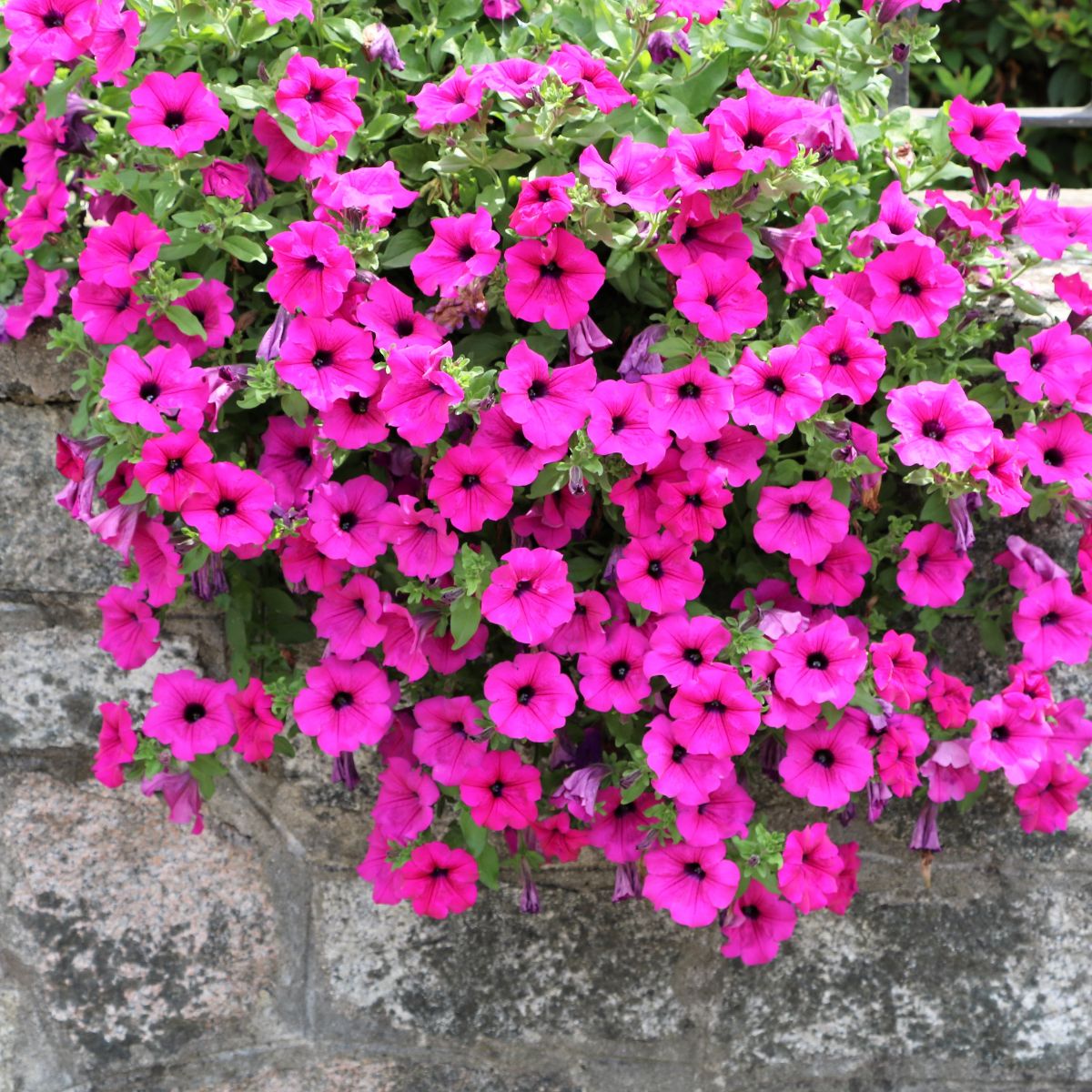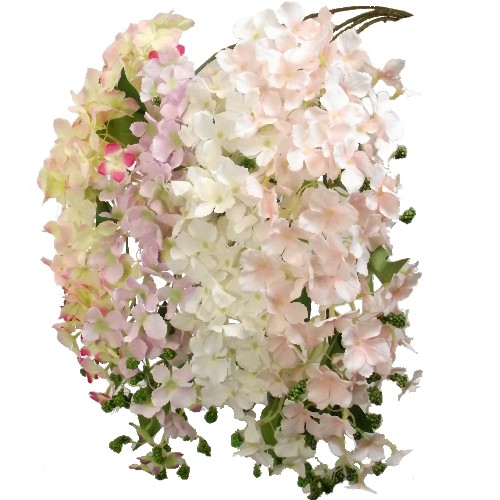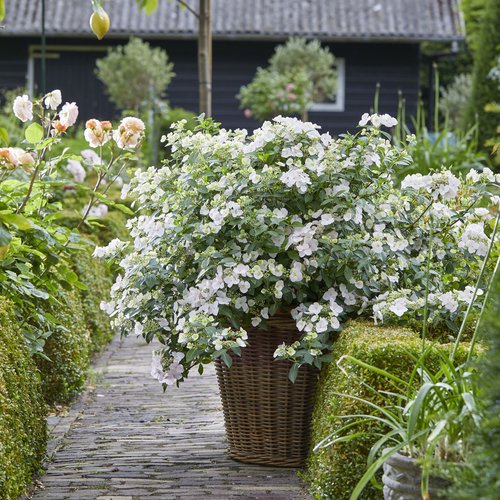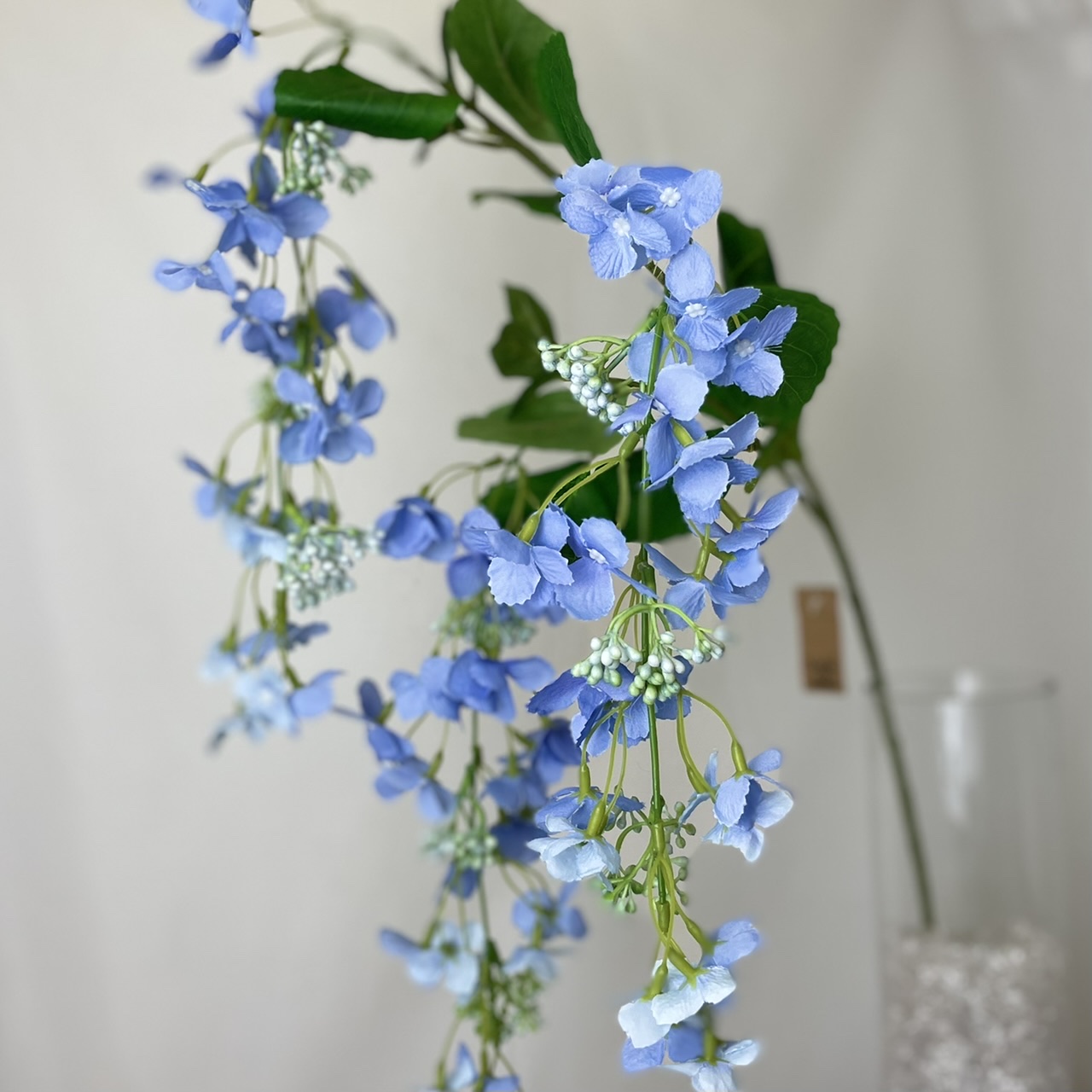Trailing Hydrangea: The Perfect Plant For Your Vertical Garden
Trailing Hydrangea: The Perfect Plant for Your Vertical Garden
If you're looking for a beautiful and versatile plant to add to your vertical garden, look no further than the trailing hydrangea. These stunning plants can add a touch of elegance to any space, and they're relatively easy to care for.
In this blog post, we'll take a closer look at trailing hydrangeas, including their different varieties, how to plant and care for them, and some tips for styling them in your vertical garden.
What is a trailing hydrangea?
Trailing hydrangeas are a type of climbing hydrangea that can grow up to 30 feet long. They have long, slender stems that can attach themselves to walls, fences, or other structures. The leaves are dark green and oval-shaped, and the flowers can be white, pink, or blue.
Trailing hydrangeas are deciduous plants, meaning they lose their leaves in the fall. However, they will often put on a beautiful display of flowers in the summer.
Different varieties of trailing hydrangeas
There are many different varieties of trailing hydrangeas, each with its own unique characteristics. Some of the most popular varieties include:
- Hydrangea anomala petiolaris: This variety is native to Japan and Korea. It has white flowers and dark green leaves.
- Hydrangea macrophylla petiolaris: This variety is native to China. It has pink or blue flowers and dark green leaves.
- Hydrangea quercifolia petiolaris: This variety is native to the southeastern United States. It has white flowers and leaves that turn red in the fall.
How to plant trailing hydrangeas
Trailing hydrangeas are best planted in the spring or fall. They prefer full to partial shade and moist, well-drained soil. When planting, dig a hole that is twice the size of the root ball. Backfill the hole with soil, tamp it down, and water well.
How to care for trailing hydrangeas
Trailing hydrangeas are relatively easy to care for. They need regular watering, especially during the first year after planting. They also benefit from being fertilized once a year in the spring.
In the winter, trailing hydrangeas may need to be protected from cold weather. If you live in an area with cold winters, you can wrap the plant with burlap or other protective material.
How to style trailing hydrangeas in your vertical garden
Trailing hydrangeas are a versatile plant that can be styled in a variety of ways. They can be used to cover a wall, fence, or trellis. They can also be used to create a cascading effect over a retaining wall or other structure.
When styling trailing hydrangeas, it's important to consider the size of the plant and the space you have available. You'll also want to think about the color of the flowers and how they will complement the other plants in your garden.
Here are a few ideas for styling trailing hydrangeas in your vertical garden:
- Use them to cover a wall. Trailing hydrangeas can be used to create a lush, green wall that will add privacy and beauty to your garden.
- Let them cascade over a retaining wall. Trailing hydrangeas can be used to create a cascading effect that will add interest and movement to your garden.

- Use them to create a trellis. Trailing hydrangeas can be used to create a trellis that will provide shade and privacy in your garden.
- Combine them with other plants. Trailing hydrangeas can be combined with other plants to create a beautiful and diverse vertical garden.

Conclusion
Trailing hydrangeas are a beautiful and versatile plant that can add a touch of elegance to any vertical garden. They're relatively easy to care for, and they can be styled in a variety of ways. If you're looking for a new plant to add to your garden, trailing hydrangeas are a great option.
Trailing hydrangeas are a beautiful and versatile plant that can add a touch of elegance to any garden. These climbers can grow up to 50 feet long, making them perfect for covering walls, fences, or even pergolas. In the summer, they produce clusters of white flowers that are both fragrant and attractive.
If you're thinking about adding a trailing hydrangea to your garden, I recommend visiting . This website has a wealth of information about trailing hydrangeas, including how to choose the right variety, how to plant and care for them, and how to propagate them.
also has a blog that features articles about all aspects of gardening, including trailing hydrangeas. In addition, the website has a forum where you can ask questions and get advice from other gardeners.
So if you're interested in learning more about trailing hydrangeas, I encourage you to visit . You won't be disappointed!
FAQ of trailing hydrangea
- What is a trailing hydrangea?
A trailing hydrangea is a type of hydrangea that grows as a vine or groundcover. It has long, flexible stems that can reach up to 30 feet in length. The leaves are typically oval-shaped and have a dark green color. The flowers are small and white or pink, and they bloom in the summer.
- Where can I plant a trailing hydrangea?
Trailing hydrangeas prefer full sun to partial shade. They can tolerate a variety of soil types, but they prefer well-drained soil. They are hardy in USDA zones 4-9.
- How do I care for a trailing hydrangea?
Trailing hydrangeas are relatively easy to care for. They need to be watered regularly, especially during the hot summer months. They also benefit from being fertilized once a year in the spring. In the fall, you can prune the plant to remove any dead or damaged stems.
- How do I propagate a trailing hydrangea?
Trailing hydrangeas can be propagated by rooting cuttings. In the spring or summer, take a 4-6 inch cutting from a healthy plant. Remove the lower leaves from the cutting and plant it in a pot of well-drained soil. Keep the soil moist and place the pot in a shady location. In a few weeks, the cutting should root and you can transplant it to a permanent location.
- What are some common problems with trailing hydrangeas?
The most common problems with trailing hydrangeas are:
- Leaf spot: This is a fungal disease that can cause brown or black spots on the leaves. To treat leaf spot, you can use a fungicide.
- Powdery mildew: This is another fungal disease that can cause a white powdery coating on the leaves. To treat powdery mildew, you can use a fungicide or insecticidal soap.
- Aphids: Aphids are small insects that can suck the sap out of the leaves. To control aphids, you can use insecticidal soap or neem oil.
Image of trailing hydrangea
5 different images of "trailing hydrangea" from Pinterest.com:






Post a Comment for "Trailing Hydrangea: The Perfect Plant For Your Vertical Garden"